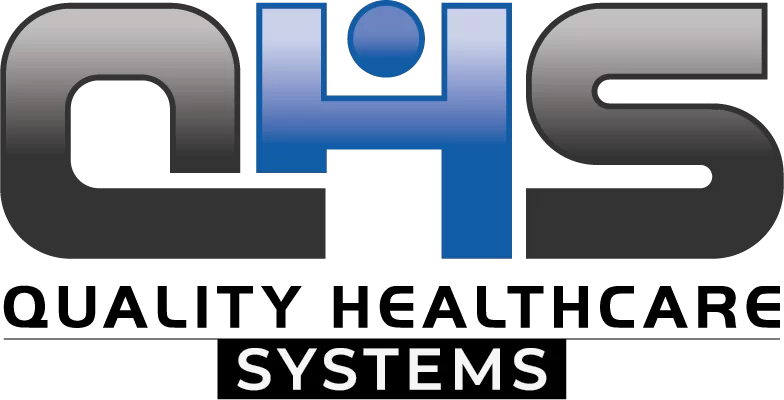In medical billing, understanding how long it takes to receive payments from patients and insurance companies is crucial for maintaining healthy cash flow. One of the key metrics to track this is AR Days (Accounts Receivable Days). This blog will explain what AR Days are, why they matter, how to calculate them, and strategies to reduce them for better financial management.
What Does AR Mean in Medical Billing?
In medical billing, AR stands for Accounts Receivable, which refers to the payments owed to a healthcare provider by patients or insurance companies for services rendered. Managing AR efficiently is essential to ensure timely cash flow and reduce outstanding balances.
AR Days, also known as Days in Accounts Receivable, is a key performance indicator that measures the average number of days it takes to collect these payments. It reflects the efficiency of your billing process and how quickly you turn billed services into revenue.
Why Are AR Days Important for Healthcare Providers?
AR Days is a vital metric for any healthcare provider, as it directly impacts the organization’s cash flow and financial stability. The longer it takes to collect payments, the more it strains your practice’s ability to cover operational costs and invest in growth.
Here’s why AR Days matter:
- Cash Flow Management:
High AR Days can indicate slow collections, which may result in cash flow issues. Timely payments ensure your practice has the funds to cover payroll, supplies, and other expenses. - Revenue Cycle Efficiency:
Lower AR Days reflect an efficient billing process. It means your claims are being processed accurately and payments are coming in without unnecessary delays. - Financial Planning:
Monitoring AR Days helps healthcare providers predict revenue and plan budgets more effectively. It also highlights areas that need improvement, such as claim denials or billing errors.
How to Calculate AR Days?
Calculating AR Days is essential for understanding how well your practice is managing its accounts receivable. Here’s the formula to calculate AR Days:
AR Days = (Accounts Receivable ÷ Total Charges) x Number of Days
Let’s break down the formula:
- Accounts Receivable: The outstanding balance owed to your practice.
- Total Charges: The total amount billed during a specific period (e.g., monthly or quarterly).
- Number of Days: The length of the billing period you’re analyzing.
Example Calculation:
Assume your practice has $150,000 in accounts receivable and billed $500,000 over a 90-day period:
AR Days=(150,000 ÷ 500,000)×90=27 Days
In this case, it takes an average of 27 days to collect payments. A lower AR Days value indicates quicker collections and a healthier cash flow.
Factors That Affect AR Days in Medical Billing
Several factors can influence the number of days it takes to collect payments:
- Patient Payment Delays:
Patients may delay payments due to confusion over their insurance coverage or financial constraints. - Claim Denials:
Errors in claim submissions can result in denials, leading to delays in receiving payments. - Insurance Verification Issues:
If insurance eligibility and coverage are not verified accurately before treatment, it can lead to claim rejections and payment delays. - Inadequate Follow-Up:
A lack of follow-up on unpaid claims can cause accounts receivable to accumulate, increasing AR Days.
How to Improve AR Days for Your Practice
Reducing AR Days is crucial to ensure steady cash flow and financial stability. Here are some actionable strategies to improve your AR Days:
1. Regular Follow-Ups
Implement a structured follow-up process for unpaid claims and patient balances. Consistent follow-ups reduce the likelihood of claims being forgotten or delayed.
2. Claim Scrubbing
Use claim-scrubbing tools to identify and fix errors before submitting claims. This reduces the risk of denials and ensures faster processing by insurance companies.
3. Patient Communication
Educate patients about payment policies, their financial responsibilities, and the importance of timely payments. Clear communication can help prevent misunderstandings and delays.
4. Outsourcing Billing Services
Partnering with a professional billing service, like Quality Healthcare Systems (QHS), can significantly reduce AR Days. QHS provides comprehensive DME billing services that streamline claim submissions, follow-ups, and payment collections.
Common AR Days Benchmarks in Healthcare
In the healthcare industry, AR Days benchmarks vary by specialty and practice size. However, a general benchmark for a healthy AR Days range is between 30 to 40 days.
Here’s a breakdown of what AR Days can indicate:
- Below 30 Days: Excellent. Your practice is efficiently managing its billing and collections.
- 30 to 40 Days: Good. This is within the average range for most healthcare providers.
- Above 40 Days: Needs improvement. Delays in collections or billing errors could be causing issues.
Common Mistakes in Calculating AR Days
Many practices make errors when calculating AR Days, leading to inaccurate results. Here are some common mistakes to avoid:
- Misinterpreting Total Charges:
Ensure the charges used in the formula are the actual billed services, not adjusted amounts. - Ignoring Denials and Write-Offs:
Include denied claims and write-offs in your calculation to get a more accurate picture of your practice’s financial performance. - Using the Wrong Time Period:
Make sure the time frame for total charges matches the time period you’re analyzing for accounts receivable.
What Can a High AR Days Value Indicate?
A high AR Days value can signal several potential issues within your billing process:
- Billing Errors: Claims may have errors that delay payment.
- Poor Follow-Up: Unpaid claims are not being followed up on promptly.
- Patient Delays: Patients may be confused about their financial responsibilities or lack the funds to pay promptly.
Addressing these issues can help bring down your AR Days and improve cash flow.
Conclusion
Understanding and managing AR Days is essential for healthcare providers to maintain a steady cash flow and improve their revenue cycle. By calculating AR Days accurately and implementing strategies to reduce them, practices can ensure financial stability and focus more on patient care. Taking proactive steps, such as improving follow-ups, claim scrubbing, and patient communication, can help bring down AR Days. For healthcare providers seeking to optimize and manage account receivables, partnering with a reliable billing service like QHS can make all the difference.






